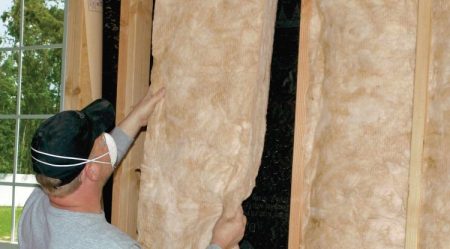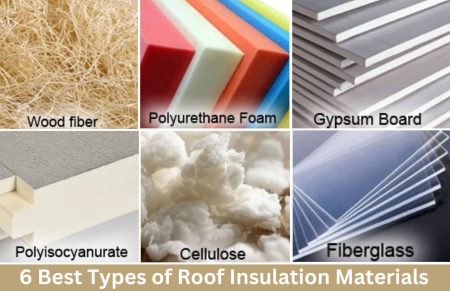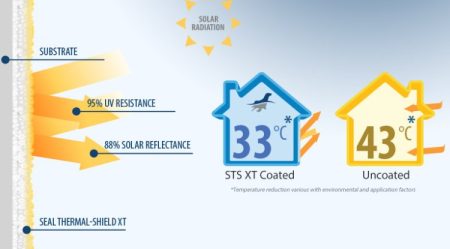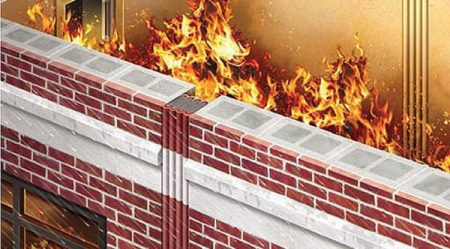Sound Reducing Roofing Materials A Comparative Study
When it comes to creating a peaceful and noise-free environment in your home or workplace, the choice of roofing materials plays a significant role. Sound-reducing roofing materials offer excellent sound insulation properties, minimizing the impact of external noise and creating a serene indoor space. In this article, we will conduct a comparative study of various roofing materials known for their sound-reducing capabilities.
Contents
Understanding the Importance of Sound-Reducing Roofing Materials
-
The Impact of Roofing Materials on Noise Reduction
The type of roofing material used directly affects the sound insulation performance of the roof. Certain materials have inherent properties that absorb or block sound waves more effectively, providing a quieter interior environment.
-
Comparing Sound Transmission Class (STC) Ratings
Sound Transmission Class (STC) ratings measure the ability of a material to reduce sound transmission. By comparing the STC ratings of different roofing materials, we can determine their effectiveness in reducing noise.
-
Roofing Material Density
The density of the roofing material plays a crucial role in sound insulation. High-density materials are generally better at blocking sound transmission due to their increased mass.
-
Acoustic Underlayment
The use of acoustic underlayment beneath roofing materials can significantly enhance sound insulation. These specialized underlayments absorb and dampen sound waves, reducing their transmission into the building.
Comparative Study of Sound-Reducing Roofing Materials
-
Asphalt Shingles
Asphalt shingles, commonly used in residential roofing, offer a moderate level of sound insulation. Their layered construction helps reduce noise, but additional measures may be necessary for optimal soundproofing.
-
Metal Roofing
Metal roofing materials, such as steel or aluminum, provide good sound insulation. When properly installed with sound-absorbing underlayment, metal roofs can effectively reduce the impact of external noise.
-
Clay and Concrete Tiles
Clay and concrete tiles are heavyweight materials known for their excellent sound insulation properties. The density of these tiles significantly reduces sound transmission, resulting in a quieter indoor environment.
-
Slate Roofing
Slate roofing offers superior sound insulation due to its density and thickness. It effectively blocks sound waves, providing exceptional noise reduction capabilities.
-
Rubber Roofing
Rubber roofing materials, such as EPDM (Ethylene Propylene Diene Monomer), are known for their sound-dampening qualities. They absorb sound vibrations and minimize noise penetration.
Frequently Asked Questions (FAQs)
1. Can sound-reducing roofing materials completely eliminate noise? While sound-reducing roofing materials significantly minimize noise, it’s important to note that complete noise elimination may not be achievable. However, these materials can greatly reduce the impact of external noise and create a quieter environment.
2. Are sound-reducing roofing materials more expensive? Sound-reducing roofing materials may be slightly more expensive than standard roofing options. However, the benefits they provide in terms of sound insulation and comfort make them a worthwhile investment.
3. Do sound-reducing roofing materials have any other benefits? Yes, many sound-reducing roofing materials offer additional advantages such as improved energy efficiency, durability, and enhanced aesthetics.
4. Can I retrofit sound-reducing materials onto an existing roof? In some cases, it is possible to retrofit sound-reducing materials onto an existing roof. Consulting with a professional roofer will help determine the feasibility and best approach for your specific situation.
5. Are there any maintenance requirements for sound-reducing roofing materials? Sound-reducing roofing materials generally require standard maintenance practices, similar to other roofing options. Regular inspections, cleaning, and repairs, if necessary, will help maintain their performance and longevity.





